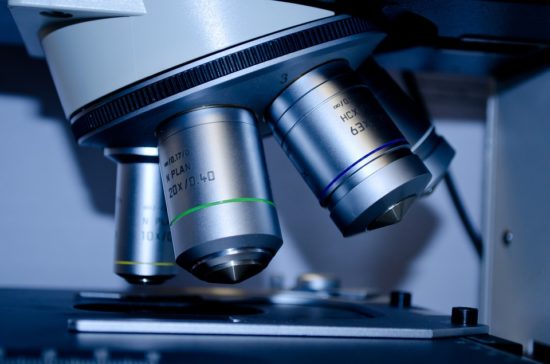The Antibacterial Research and Development Pipeline Needs Urgent Solutions
Despite ongoing efforts to stimulate investment and research into the development of new antibiotics, the clinical pipeline remains insufficient, in particular to treat critical resistant Gram-negative bacterial infections. The two new reports released by the World Health Organization on the preclinical and clinical antibacterial pipeline show that the current clinical pipeline is very dry and dominated by derivatives of existing classes. There are only 32 antibacterials in the clinical pipeline that target the WHO priority pathogens, of which only 6 fulfill at least 1 of the innovation criteria as defined by the WHO. Further upstream, the preclinical pipeline review identified 252 antibacterial agents in preclinical development of which over one third are nontraditioanl products which highlights the degree of innovation in the preclinical pipeline. The pipeline is also heavily reliant on small- or medium-sized enterprises, which is unsustainable in the long run, and more investment, more players, and a rethinking of the market dynamics is needed. It is encouraging that the pharmaceutical industry, governments, and other concerned stakeholders are currently discussing new ideas.
AMR NEWS
Your Biweekly Source for Global AMR Insights!
Stay informed with the essential newsletter that brings together all the latest One Health news on antimicrobial resistance. Delivered straight to your inbox every two weeks, AMR NEWS provides a curated selection of international insights, key publications, and the latest updates in the fight against AMR.
Don’t miss out on staying ahead in the global AMR movement—subscribe now!







